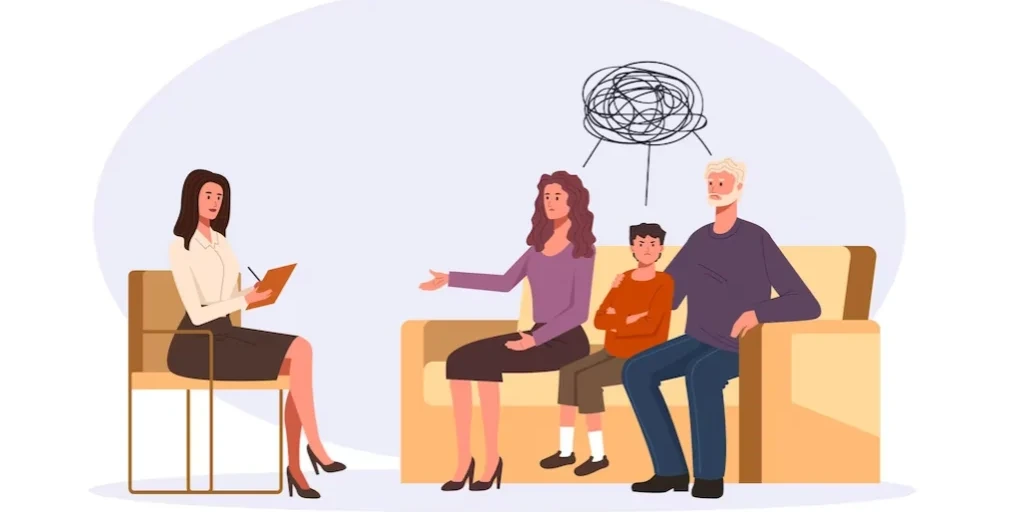24/7 Helpline:
(866) 899-221924/7 Helpline:
(866) 899-2219
Learn more about Eating Disorder Treatment centers in Clay County

Other Insurance Options

Access to Recovery (ATR) Voucher

Sutter

Medical Mutual of Ohio

BlueShield

Holman Group

Magellan Health

Amerigroup

PHCS Network

BlueCross

Sliding scale payment assistance

GEHA

Coventry Health Care

Health Partners

AllWell

Ceridian

Regence

Ambetter

American Behavioral

BHS | Behavioral Health Systems

Humana

Aftermath Addiction Treatment Center
Aftermath Addiction Treatment Center (AATC) is an accredited dual-diagnosis addiction treatment cent...

Gogebic Community Mental Health Authority
Gogebic Community Mental Health Authority is a public rehab located in Wakefield, Michigan. Gogebic ...










Pawnee Mental Health Services
Pawnee Mental Health Services is a private rehab located in Clay Center, Kansas. Pawnee Mental Healt...

BH CP Riverside Team
BH CP Riverside Team is a non-profit rehab located in Wakefield, Massachusetts. BH CP Riverside Team...

Riverside Psychiatric Day Treatment
Riverside Psychiatric Day Treatment is a non-profit rehab located in Wakefield, Massachusetts. River...

Riverside Community Care
Riverside Community Care is a private rehab located in Wakefield, Massachusetts. Riverside Community...

CODAC Behavioral Healthcare – South County
CODAC Behavioral Healthcare II - South County is a non-profit rehab located in Wakefield, RI. CODAC ...

Gateway Healthcare – South Shore Center
Gateway Healthcare – South Shore Center is a private rehab located in Wakefield, Rhode Island. Gatew...










































